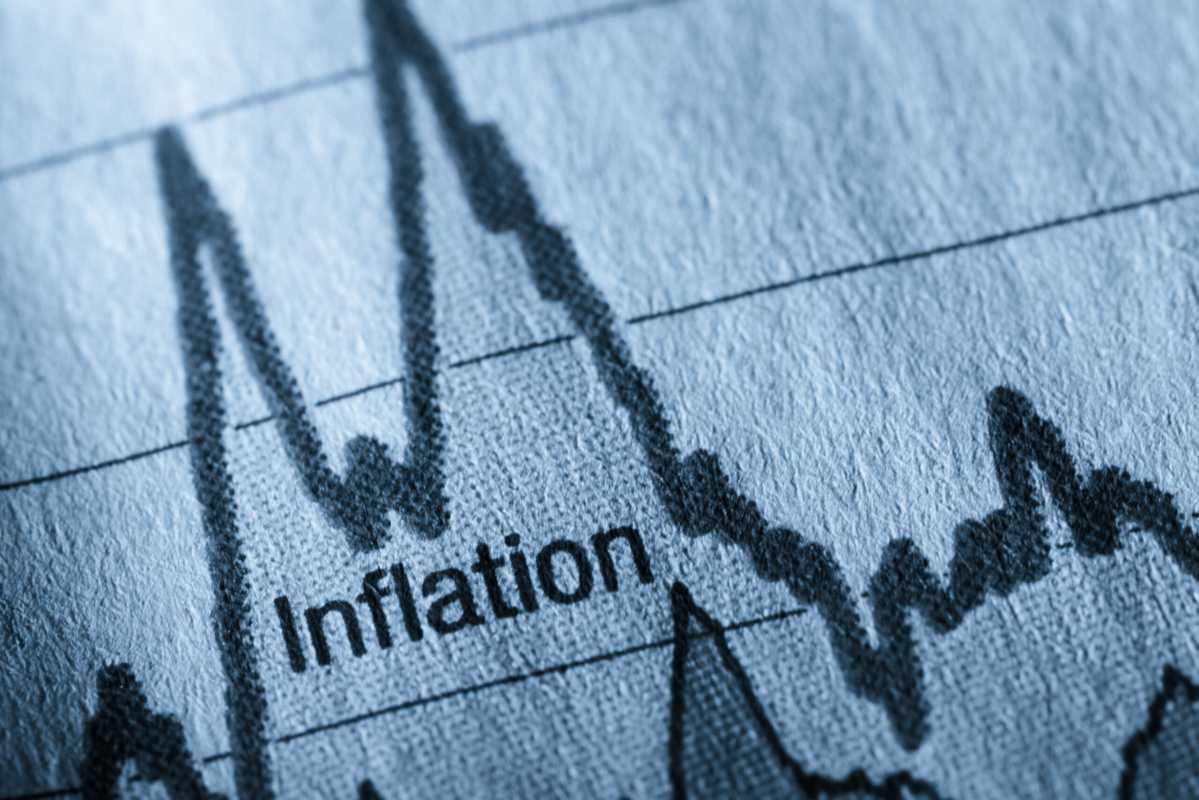Business
Understanding the Latest CPI Report: A Detailed Analysis of Inflation Trends

The latest Consumer Price Index (CPI) report for February reveals a 0.4% inflation rate, with a 3.2% increase over the past year. Core inflation, excluding food and energy, stood at 3.8% annually and 0.4% for the month.
Looking deeper into the CPI data, analyzing 6-month annualized changes offers a more comprehensive view of inflation trends. Overall prices increased by 3.2% over 6 months, while core prices saw a 3.9% rise.
Breaking down core inflation further into core goods, housing, and non-housing services, the trends become clearer.
Core goods prices, accounting for about 20% of the CPI, have witnessed a notable decline of 1.5% over the past 6 months after a surge during the pandemic.
Housing, comprising over a third of the index, saw inflation peaking at nearly 9% last year before a downward trend. The Biden administration’s FY 2025 budget includes housing affordability initiatives to address this challenge.
Non-housing services, a significant part of core inflation, are influenced by wage growth. Inflation in this sector has eased with the slowing job market, leading to real wage gains.
Food and energy prices, alongside core inflation categories, play a crucial role in the CPI. While energy prices have fluctuated, food inflation rates, especially for groceries, have significantly dropped in recent months.
As the administration continues its efforts to curb inflation and reduce costs for consumers, detailed analysis of CPI reports remains vital in understanding economic trends.












